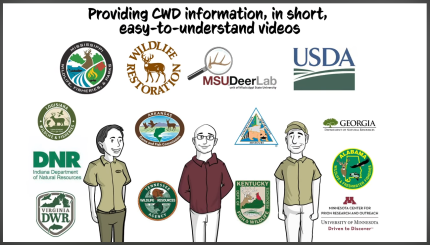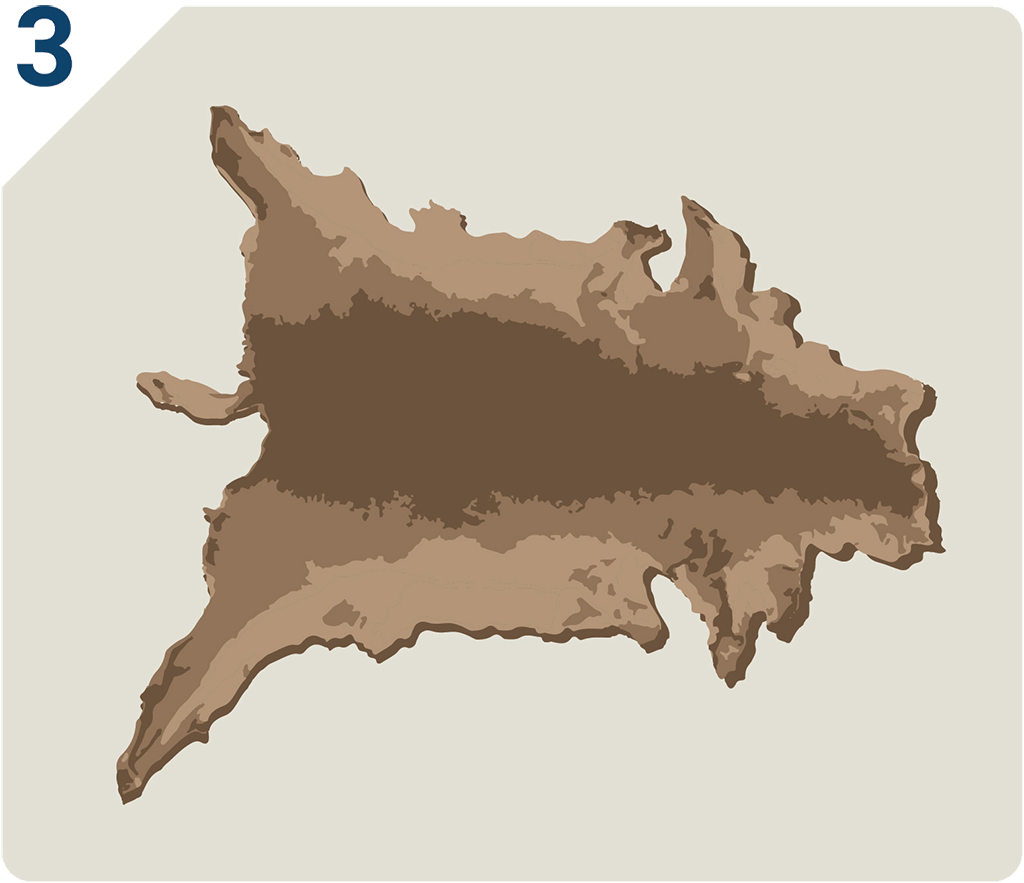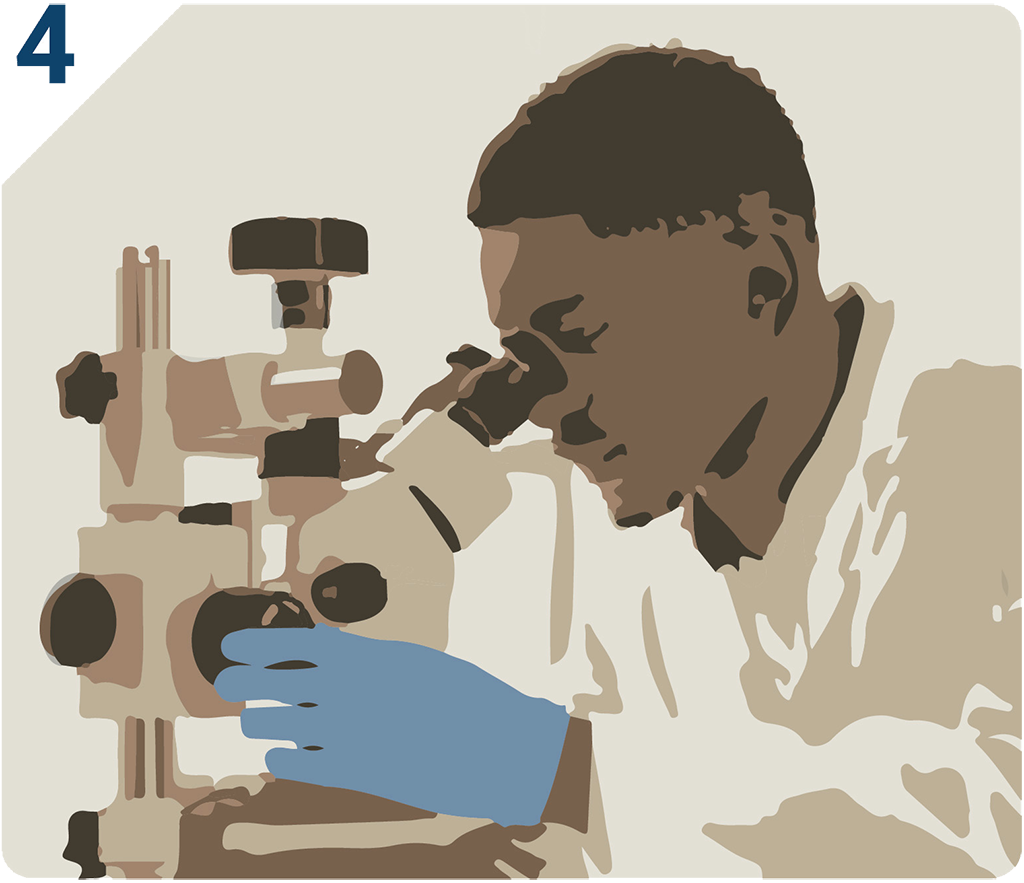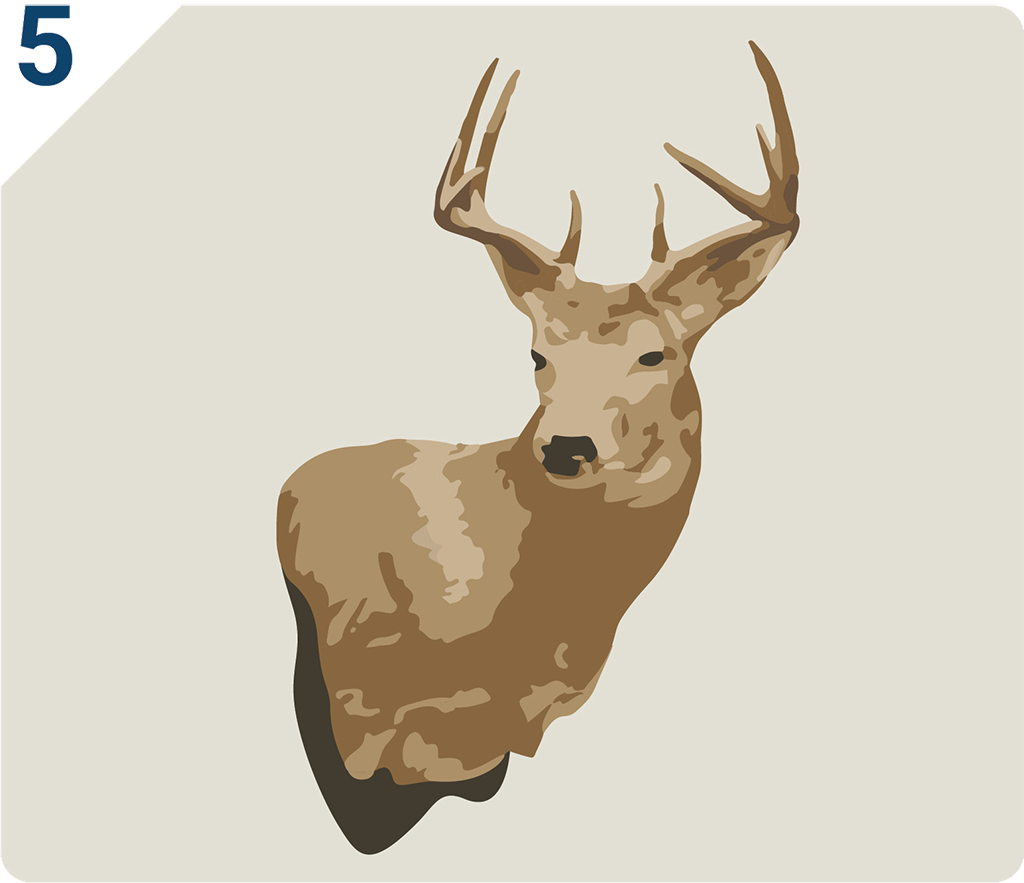Why WDFW adopted new rules
CWD affects the deer, elk, and moose that you hunt in Washington, as well as how you hunt, and how wildlife is managed in our state. As a result, WDFW changed CWD rules that impact hunters to stop the spread of CWD. The video series below, from the Deer Ecology and Management Lab at Mississippi State University, explains why it was important to make changes to hunting rules and how CWD affects you and your interests.

Why does environmental persistence of prions matter?
Minimizing CWD problems using best management practices
How do wildlife agencies manage CWD?
How does contact rate affect disease spread?
Why are attractants banned for CWD management?
Mandatory submission of samples for CWD testing in WDFW Region 1
If you harvest a deer, elk, or moose in WDFW's Eastern Region (100 series GMUs), you are required to present the head to WDFW with at least three inches of neck attached, or extracted lymph nodes, prior to leaving WDFW's Eastern Region, within five days of harvesting. You can find information in the Testing for Chronic Wasting Disease section on ways to submit a sample and comply with the new rule.”
Mandatory reporting of CWD-positive test results from other states or countries
If you are notified by another state, province, tribe, or laboratory that the animal you have harvested has tested positive for chronic wasting disease, you have 24 hours to notify WDFW. Failure to do so is an infraction (RCW 77.15.160). WDFW will assist with proper disposal of any meat you do not wish to consume. For questions, contact WDFW's Wildlife Program at 360-902-2515 or email CWD@dfw.wa.gov.
Importation rules for Region 1 and out-of-state hunters
If you hunt deer, elk, moose, or caribou outside of Washington, there are rules (WAC 220-413-030) regulating how you can bring your meat and trophies home. You cannot bring whole carcasses into Washington. These rules also apply to people harvesting or salvaging deer, elk, and moose within the 100 series GMUs in WDFW’s Region 1 and wishing to transport carcasses to other areas of Washington. Only the following items may be imported into Washington and to areas outside of the 100 series GMUs:
- Meat that has been de-boned in the state or province where it was harvested and is imported as boned-out meat
- Any part of the skull and antlers with all soft tissue removed. Soft tissue is any tissue that is not tooth, bone, or antler (velvet must be removed).
- Hides or capes without heads attached
- Tissue imported by researchers with preapproved permits for use by a diagnostic or research laboratory.
- Finished taxidermy mounts
Violation of this rule is a gross misdemeanor carrying a maximum penalty of a $5,000 fine or one year in jail (RCW 77.15.290).
Proof of sex
To leave proof of sex on a harvested carcass without a head, see Page 80 of the Washington Big Game Regulations and disregard the remarks about the head:
- Male: Head with antlers or horns attached, or penis or testes, any of which must be naturally attached to at least one quarter of the carcass or to the largest portion of meat.
- Female: The head or udder must be naturally attached to at least one quarter of the carcass or to the largest portion of meat.
Ban on baiting and the use of scents for hunting
On March 24, 2025, the WDFW director approved a rule prohibiting baiting deer, elk, and moose in Washington, as baiting draws animals together where they can spread disease. The director also approved a rule prohibiting using scent lures derived from cervid urine or glandular materials. Please review the full text of this rule. These rules went into effect May 17, 2025.
Carcass disposal
Prevent transmission of CWD to other areas by following the guidelines below for proper disposal of carcasses:
- 1st preferred method – Debone at the kill-site and leave inedible parts on site.
- 2nd preferred method – Dispose of any inedible parts brought out of the kill-site at an approved landfill (see WDFW webmap, under the What is CWD? section for landfills that accept carcasses. Please call ahead for hours and rates.) and make sure transport restrictions are followed.
- 3rd preferred method – Double-bag any inedible parts that are brought home and put in household trash that goes to a landfill.
Please do not put harvest waste in curbside organic collection bins or composting bins. These products are placed back on the landscape and composting doesn't completely deactivate infectious prions.




